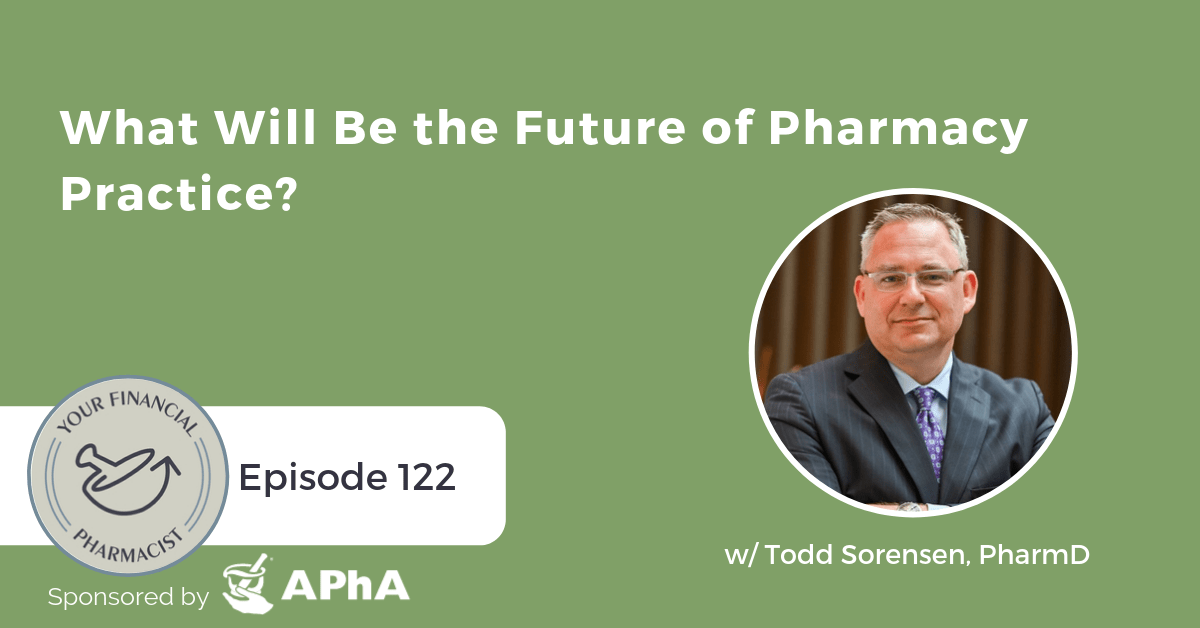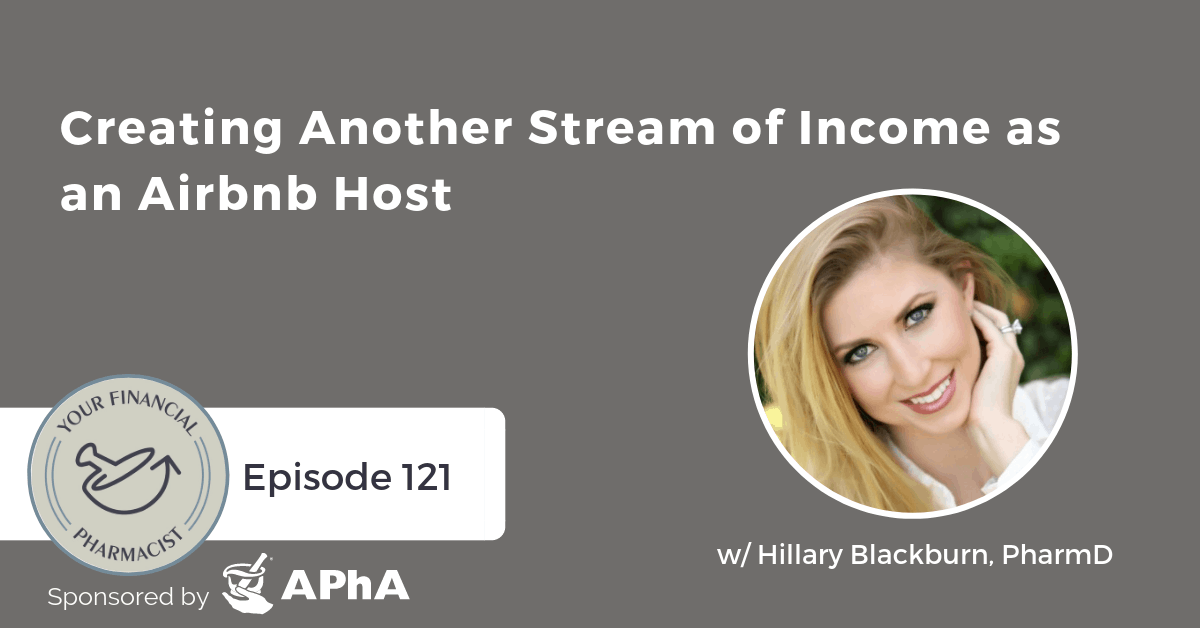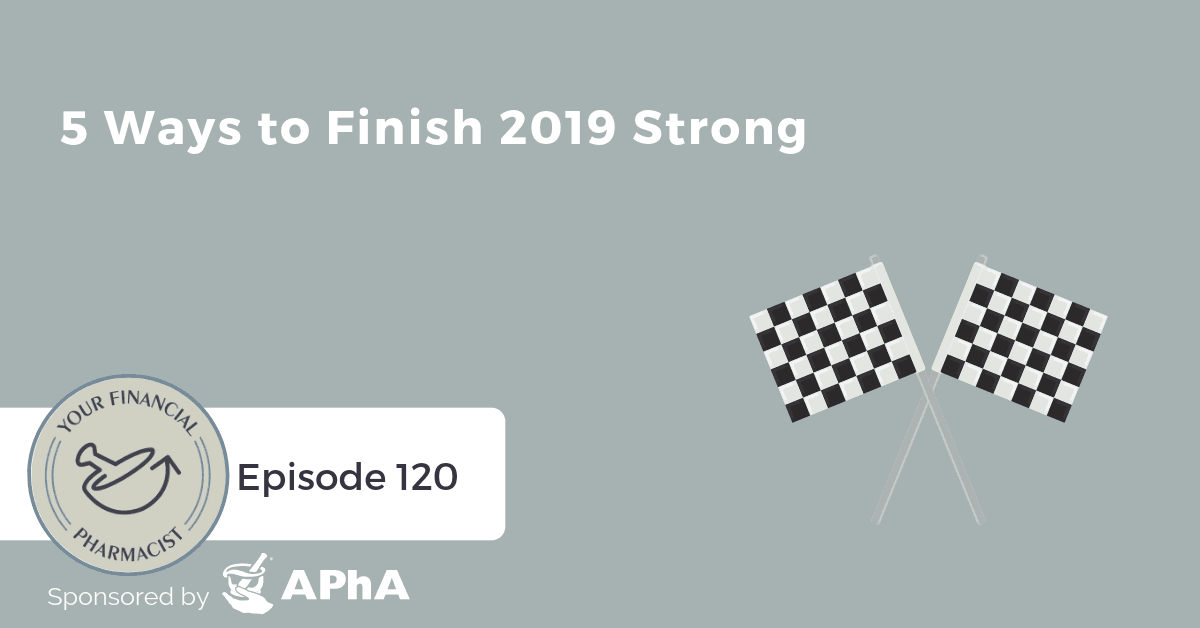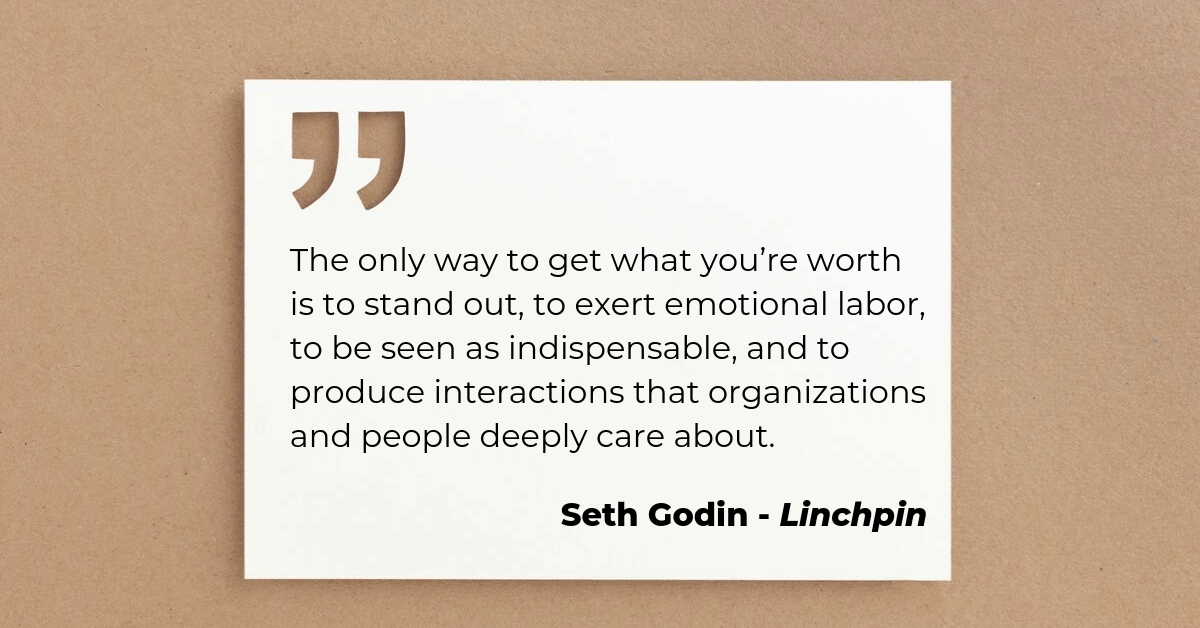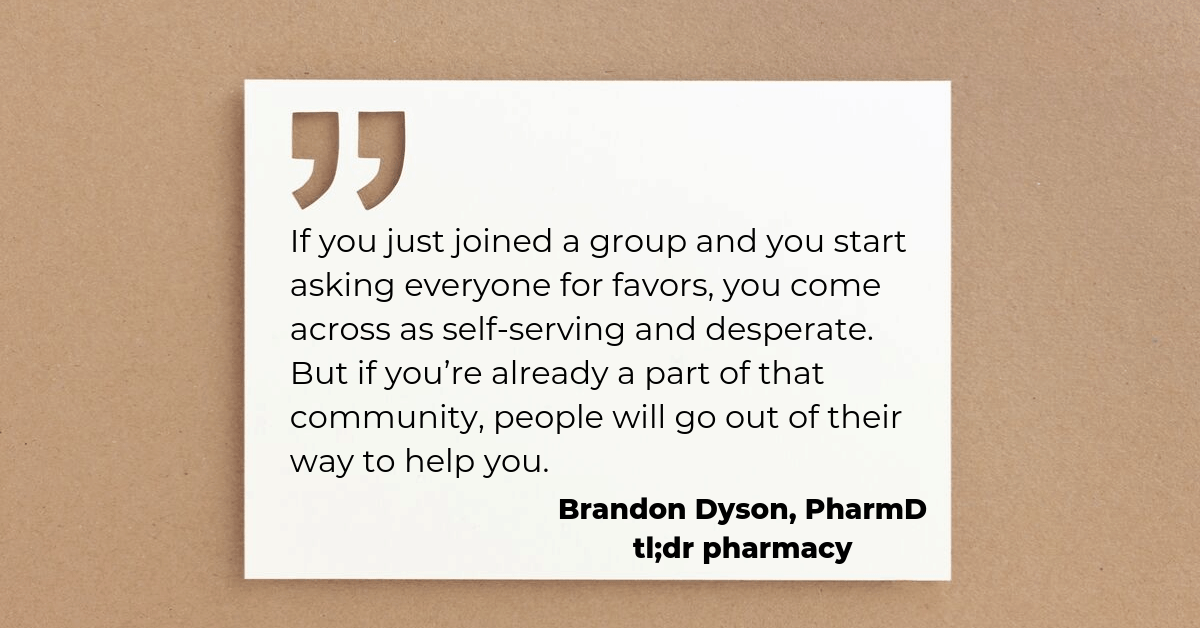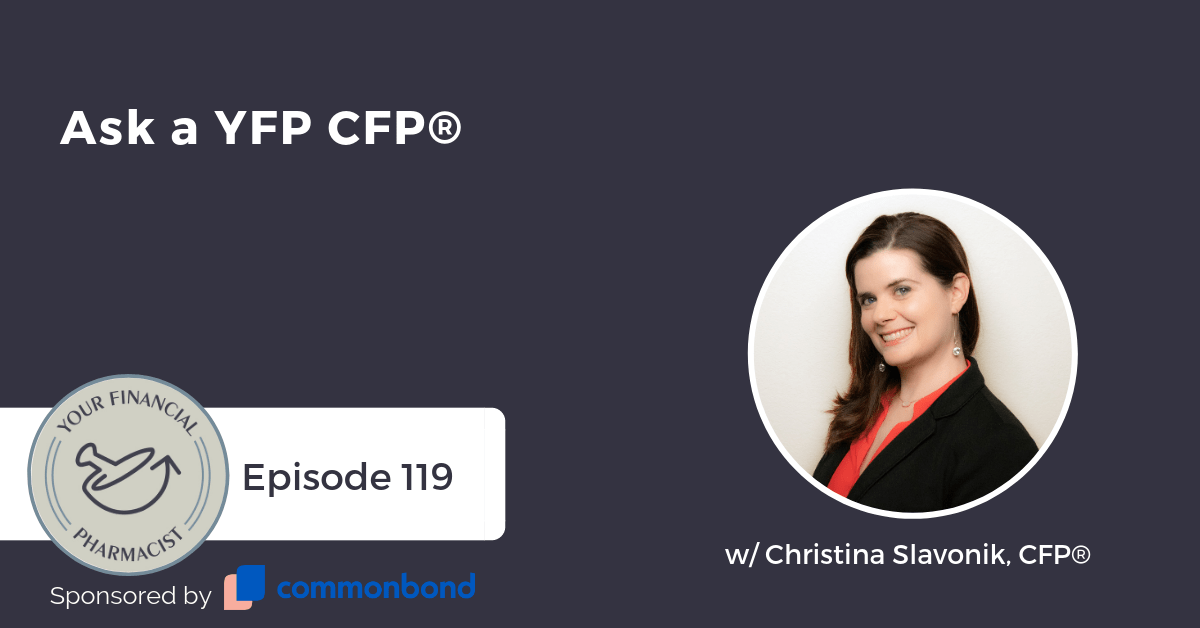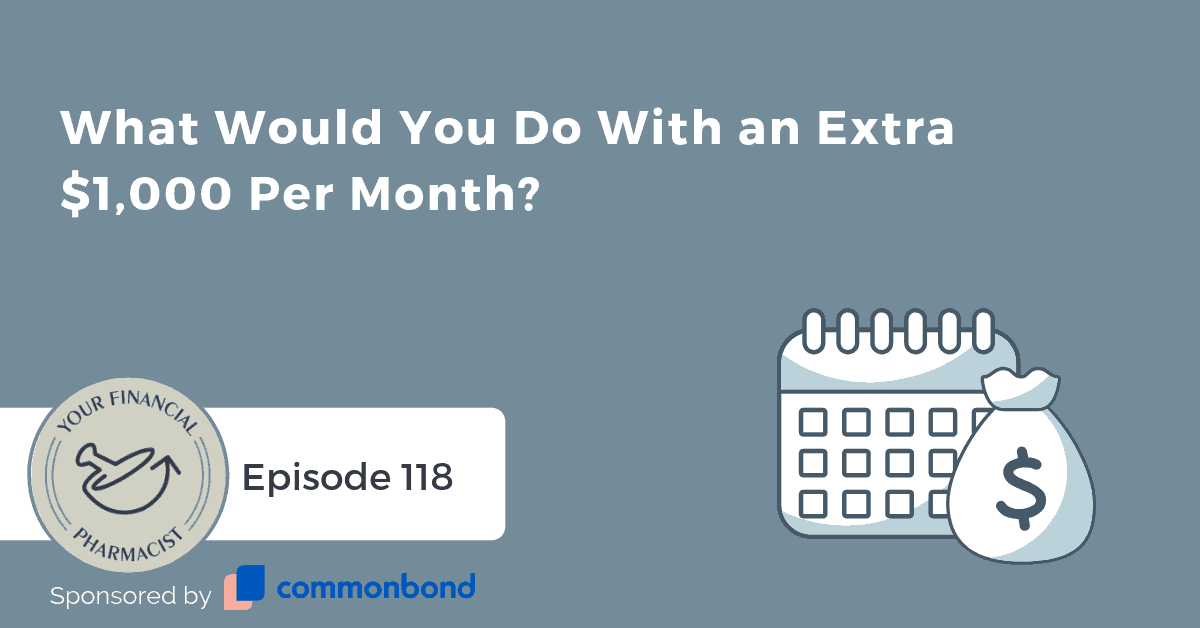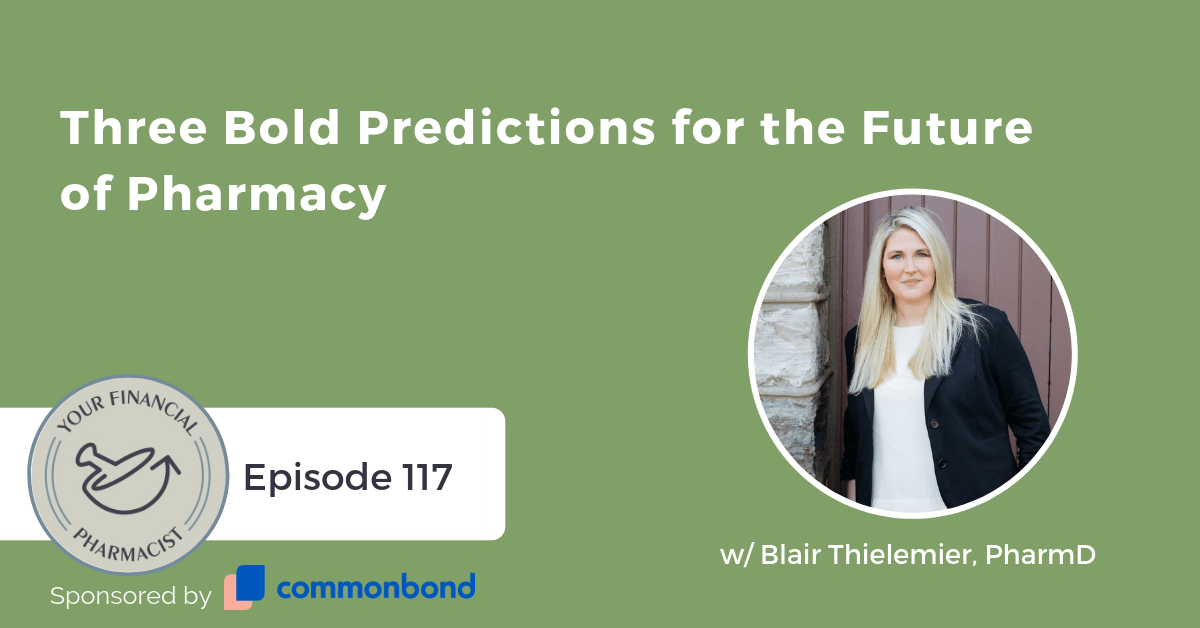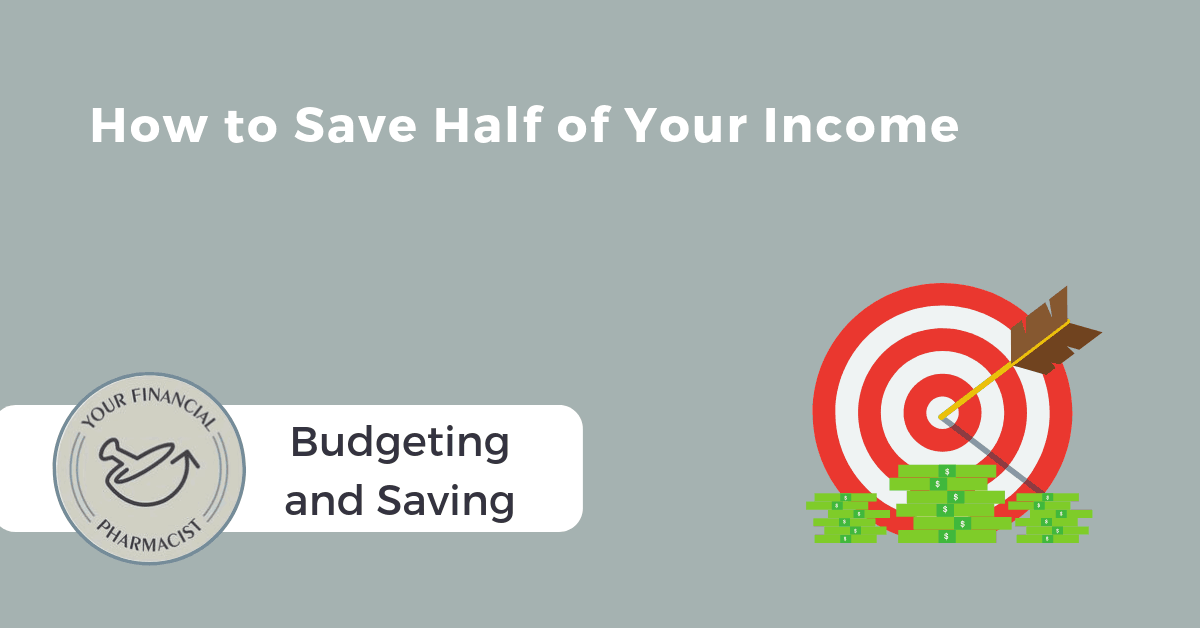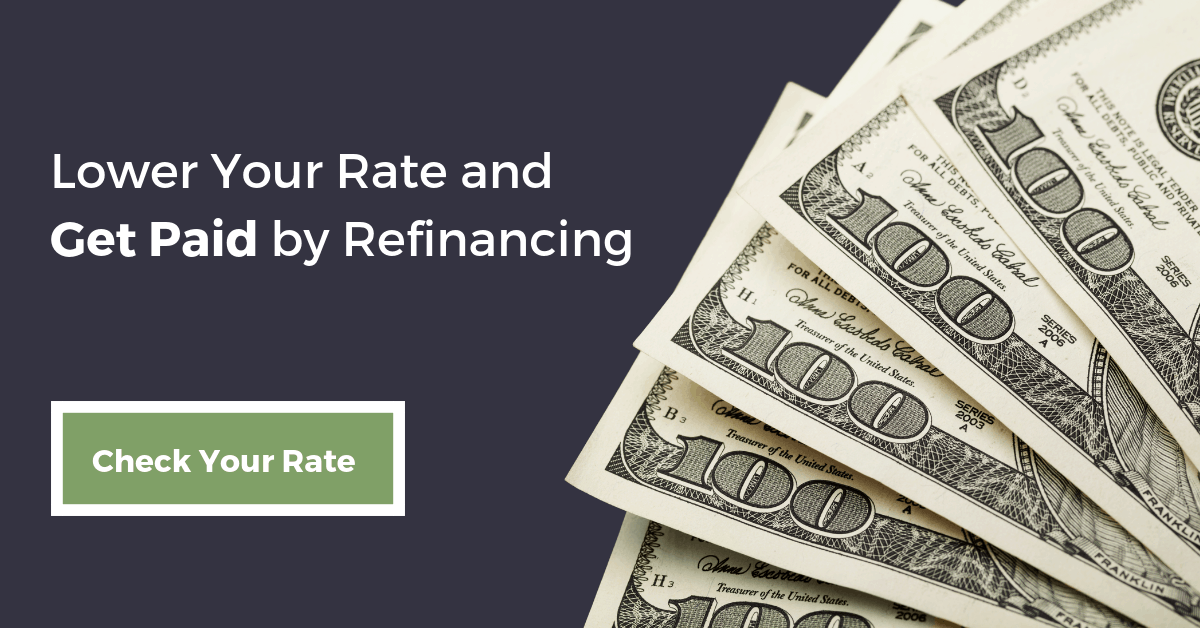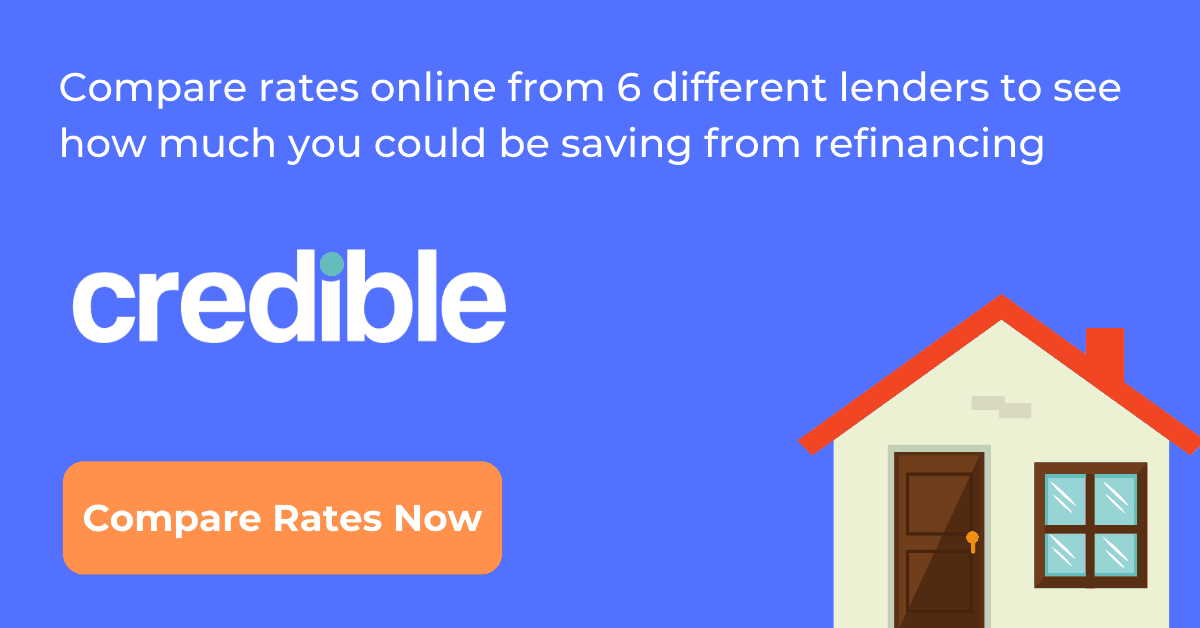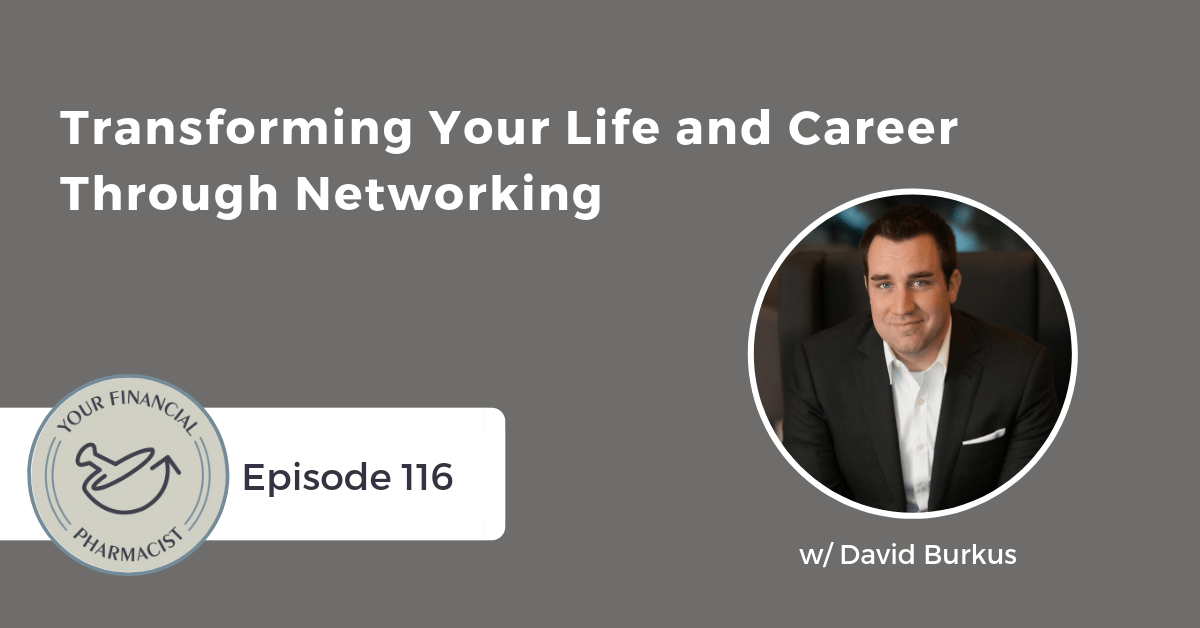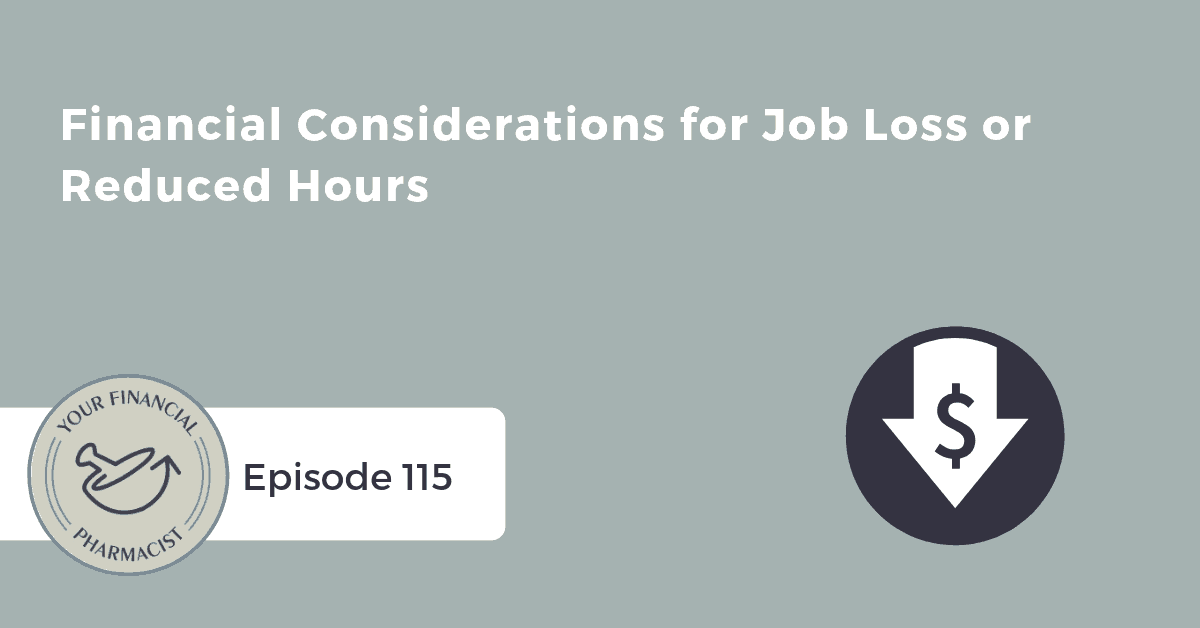What Will Be the Future of Pharmacy Practice?
Dr. Todd Sorensen, President of the American Association of Colleges of Pharmacy (AACP) and Associate Dean for Strategic Initiatives & Innovation at the University of Minnesota joins Tim Ulbrich on this episode. They talk through the workforce challenges facing the profession of pharmacy, rising indebtedness, the change.org petition, and Todd’s vision for the future of pharmacy practice including dramatically expanding the number of pharmacists working alongside primary care providers.
About Today’s Guest
Dr. Sorensen is Professor and Associate Dean for Strategic Initiatives and Innovation at the College of Pharmacy, University of Minnesota. He also serves as the Executive Director of the Alliance for Integrated Medication Management, a non-profit organization that engages health care institutions in practice transformation activities that support improved medication use. He is currently serving as President of the American Association of Colleges of Pharmacy.
Dr. Sorensen’s work concentrates on identifying strategies that facilitate clinical practice development and developing change management and leadership skills in student pharmacists, pharmacy residents and practitioners. His research and service activities have focused on working with health care organizations to implement strategies that improve health outcomes associated with chronic illness, specifically identifying leadership strategies that allow organizations to integrate and sustain medication management services delivered by pharmacists within interprofessional teams. This work has been greatly influenced by ten years of experience participating in and leading national quality improvement collaboratives for health systems seeking to optimize medication use in outpatient settings.
Summary
Dr. Todd Sorensen joins Tim Ulbrich for a conversation covering many topics such as workforce challenges facing the profession of pharmacy, rising indebtedness, the change.org petition, and Todd’s vision for the future of the practice of pharmacy including dramatically expanding the number of pharmacists working alongside primary care providers.
Todd is the President-elect of AACP and also Associate Dean for Strategic Initiatives & Innovation at the University of Minnesota. Todd explains that he believes there are two broad reasons why the pharmacy job market is changing and why the Bureau of Labor Statistics projects 0% job growth in the profession over the next ten years. One of those reasons is that there is a lack of perceived value in the medication distribution process. The other is that the professions has seen this coming for 20+ years according to a workforce projection report from 1999. In that report were new roles for pharmacists, however those roles haven’t grown as projected.
Todd discusses his Presidential address at the 2019 AACP Annual Meeting which was titled Leading in Dickensian Times.” He began the speech with the notable quote, “it was the worst of times, it was the best of times” referencing different viewpoints of pharmacists today. There is a group that sees the current state of pharmacy as the worst of times and are legitimate in feeling that way as they are experiencing job loss, wage cuts, and a saturated job market. However, others see it as the best of times because there is a lot of opportunity available.
Even though Todd falls in the second category, he says it’s imperative to acknowledge the pressures and difficulties pharmacists are facing today. Todd shares AACP’s plan to address those issues. He also sees a large opportunity for collaboration between physicians and pharmacists and envisions every physician office having a pharmacist working in it. To attain this goal, first we have to have the mindset that it is possible and shift to a model of value based healthcare. He points out that no one is as highly trained and skilled as pharmacists are in managing complex medication problems.
Lastly, Todd addresses the #ChangePharmacy petition on change.org that requests organizations such as AACP halt accepting new accreditation applications until standards are installed, among a number of other requests. Todd explains that the reality is that they are unable to do this. As we’re in a free market society, restricting or halting such openings could be viewed as restriction of free trade. Instead, Todd says that we should shift our focus to create new opportunities for pharmacists that were predicted 20 years ago. This alone, according to Todd, should shift dynamics and balance the supply and demand of pharmacists.
Mentioned on the Show
- APhA – Use the coupon code A19YFP for 20% off your membership!
- American Association of Colleges of Pharmacy (AACP)
- Bureau of Labor Statistics Pharmacy Job Outlook
- The Pharmacist Workforce: A Study of the Supply and Demand for Pharmacists
- It Really Isn’t That Simple by Dr. Lucinda L. Maine
- Leading in Dickensian Times: Address of the President-elect at the 2019 AACP Annual Meeting by Dr. Todd Sorensen
- A Tale of Two Cities by Charles Dickens
- The ONE Thing: The Surprisingly Simple Truth Behind Extraordinary Results by Gary Keller
- The End of Jobs: Money, Meaning and Freedom Without the 9-to-5 by Taylor Pearson
- #ChangePharmacy Petition on Change.org
- YFP’s Financial Education with APhA
- Your Financial Pharmacist
Episode Transcript
Tim Ulbrich: Hey, what’s up, everybody? Welcome to this week’s episode of the Your Financial Pharmacist podcast. I have joining me today Dr. Todd Sorensen, president of the American Association of Colleges of Pharmacy, also known as AACP, and Associate Dean for Strategic Initiatives and Innovation at the University of Minnesota. In addition to hearing about Todd’s background and career story, we’re going to focus our time together on the current workforce challenges facing our profession, including a flat job market over the next 10 years as projected by the Bureau of Labor Statistics, the student loan debt that continues to be on the rise, and his vision for the future of the profession of pharmacy. Dr. Sorensen, welcome to the show.
Todd Sorensen: Great, thanks. Glad to be here.
Tim Ulbrich: Well first of all, thank you for taking time out of your busy schedule. I know you have essentially two full-time jobs this year, both as president of AACP and associate dean at the University of Minnesota. And before we dive into the discussion around the workforce challenges that we’re facing as a profession and your vision for the future of pharmacy practice, if you could give our listeners just a brief background on your career journey and how you got to this point in time leading as the president of AACP.
Todd Sorensen: Sure. So I was a graduate of the University of Minnesota as a pharmacist in 1994. I entered practice, actually moved to Canada and was on faculty at Dalhousie University and practiced at the Queen Elizabeth II Health Sciences Center, where I was a critical care pharmacy specialist for three years while my wife and I were in Canada. It was a great experience, learned a lot there, got to experience a lot of Canadian pharmacy, which was a great experience to then bring back home, understanding similarities and differences between the two countries. Came back to Minnesota, worked for a period of time in managed care, really brief stint there, about 15 months. And then joined the faculty here at the University of Minnesota in 1998. My time here I have had kind of two distinct teaching experiences. I taught skills in our curriculum for a long period of time, physical assessment skills, was one of the instructors in our skills lab for almost 10 years. And then shifted my teaching activities almost entirely over to teaching leadership development. And my research work has really focused over the entire span of time at the University of Minnesota of how we advance the role of pharmacists in clinical areas, primarily in ambulatory care, both in community pharmacy as well as in primary care clinic settings. I would say the one thing that has really carried through my entire career starting as a student is I’ve really always been fascinated with about how leaders facilitate change in organizations and in their environments. I really got that bug in me when I was a student and saw some of the things that were happening back in the early ‘90s. And that’s what ultimately led me to focus on teaching leadership in our curriculum. I have done that in one way or another now almost, well, over 20 years I’ve been teaching leadership in one way or another. And that’s gotten me very involved in national organizations as well, which in the case of AACP, I’ve been very involved in a lot of different ways, worked my way through the different ranks and ultimately had the opportunity to run for president and get to serve in that role.
Tim Ulbrich: Yeah, and I’ve had the pleasure of attending several of your leadership sessions you presented on a national level. I’ve attended with some of my mentees, we’ve done some workshops and other things, and so I appreciate the work that you’ve done on that and the influence you’ve had on hundreds, probably thousands, of pharmacy leaders out there, students, residents, and other practitioners. And we’re going to come back, I appreciate your comment about your interest in change management and that aspect of leadership as well as your background and interest in primary care as I think that’s going to come together nicely as we talk about your vision for the future. So I don’t want to assume that everybody listening knows and understands AACP. So can you give us just a high-level overview of what is AACP?
Todd Sorensen: Sure. AACP is a national organization that represents faculty and schools of pharmacy. So we have two groups of members: We have institutional members, so all of the 144 schools of pharmacy across the country are members as institutions of AACP, and then the faculty at those schools, anyone who holds faculty appointment can choose to join AACP. We have approximately 5,000 members, faculty across the country, and again, those 144 schools.
Tim Ulbrich: So as our listeners know, and many pharmacists are unfortunately experiencing firsthand, the profession is pharmacy is changing. Many brick-and-mortar pharmacies are closing, we’ve seen a lot of news in the last year of full-time hours that are being reduced, in some places, jobs that are being cut, and I think for many, the job market is becoming more saturated than they probably have seen throughout their working career with the Bureau of Labor Statistics recently projecting a 0% job growth for pharmacists in the next 10 years between 2018-2028. Obviously, a topic that’s near and dear to my heart. To top it all off, we now see pharmacy graduates that are carrying student loan debt in excess of $170,000 on average. So from your perspective, Todd, both as the president of AACP as well as somebody who’s just had a lot of experience in the profession of pharmacy, why are we seeing such dramatic changes over the last few years? And what’s happened across I guess the last five to 10 to 15 years that’s led to these changes?
Todd Sorensen: Well, it’s a question that’s probably on the mind of just about everybody in pharmacy right now. It’s an important question, and from AACP’s standpoint and from our school’s standpoint, of course, this is a very important topic to us in terms of our alumni, all the practice sites that we work with in providing education and really just being part of the overall profession of pharmacy. And what happens out in practice, of course, does have influence and affects what happens in education as well and vice versa. What has happened? What has led to this? Well, it really is a complicated, multifaceted issue. And I don’t know that we can pinpoint any one thing. I do think there’s two broad issues that come into play. First, there is a lack of perceived value in the medication distribution process by people outside of pharmacy. Most payers and consumers, they do see medications and the process of acquiring them really as a transactional process.
Tim Ulbrich: Yes.
Todd Sorensen: And therefore, there’s little belief that any payment beyond cost of a medication should be required. And until we are able to demonstrate the value beyond that and a perception among payers and consumers, that is the reality that we live in. And that is been getting to be a tighter and tighter and tighter margin as that perception continues to drive those traditional payment systems over the last several years. And second, I’d say that we’ve really, we’ve seen this coming for over 20 years. If you go back to 1999, there was a workforce projection report authored by David Knapp (?), and eerily, some of his projections have born out to be quite accurate, particularly around some of the reductions in the number of pharmacists in the drug distribution process. What didn’t happen that were part of his projections was there was projections around new roles for pharmacists and how do we create those opportunities? And we have not seen the growth in some of the areas that were projected at that time. So I would say that there’s a number of things that happened over the last 20 years that maybe were a bit of a distraction from causing the profession to really look at what we need to do to create those new opportunities and bring value into the healthcare system in a new way. And now, we’re at that point in time where we really have to focus on that because we can’t ignore it any longer. There’s a lot of other factors that come into play that we probably don’t have time to get into. I would like to highlight for the listeners, if they are interested in really kind of getting into this in a deeper way, Dr. Lucinda Maine, the executive director/CEO of AACP, authored and published this summer a commentary titled, “It Really Isn’t That Simple” in the American Journal of Pharmaceutical Education. That is an open access journal, so anybody can access it. And she really gets into a lot more of the statistics and the numbers and the trends and the factors along the way from 1999 to 2019. And I think it’s really a good read that explains how complicated this issue really is.
Tim Ulbrich: Yeah, you beat me to it, Todd. I just had that pulled up; I was going to reference that piece to our listeners. We’ll link to that in our show notes as well. But I think the multifactorial, the reasons and discussion is really important, and I would encourage our listeners, I think this is a topic that often carries a lot of emotional aspects to it. It can feel charged based on how this is impacting your personal situation, whether that be somebody who’s impacted by job loss or just feeling the pressure of student loan debt or other things and really looking at all of the different variables and looking all the way back to some of the projections that were made in terms of the shortage and why we saw some of the expansion and, as you mentioned, some of the lack of evolution of where we thought the roles of the pharmacist was going to go beyond the dispensing aspects. And we’re going to come back to that as we talk about your vision in the future. So in your title of the piece that you facilitated in your presidential address at the American Association of Colleges of Pharmacy annual meeting this past summer in July, the title of that, which is published in AGAPE, which we will link to in the show notes, is “Leading In Dickensian Times.” And so what do you mean by that? What did you mean by this as you were choosing the topic and using that as the keynote for your presidential address?
Todd Sorensen: Yes, the reference is, of course, to Charles Dickens and “The Tale of Two Cities,” and I started out that speech with the familiar phrase that many people are familiar with: “It was the worst of times, it was the best of times. And I really feel like that is the mindset that we many have in pharmacy today. There is a group who sees this as the worst of times and probably in their personal experiences, that is a very legitimate perception to have. There is also a group who sees this as potentially the best of times, that the opportunity for pharmacists is as great as it’s ever been. I fall into that category. And so I started out the speech kind of using that traditional — paraphrasing the first paragraph of “A Tale of Two Cities” to kind of highlight this dynamic between things are as bad as they can be versus there are opportunities, and we can choose to look at where our opportunities are in a new way. I mean, I can honestly say that in the 25+ years I have been a pharmacist, the recognition of the good that can come from medication use and the harm and the cost associated with medication use is as great as it’s ever been. They may not — the people who are recognizing that now at an acute level outside of pharmacy may or may not see pharmacists as part of the solution. But that awareness is there like it’s never been before. And they’re looking for solutions, and so that creates an opportunity for pharmacy to be part of that solution in a way that I don’t think in the past 20 years have really existed in the same way that that acute understanding of where medication use is in our society and the good and bad that it can produce is a great opportunity for us to shift what we bring to the healthcare system.
Tim Ulbrich: Yeah, and I think what you just said there is so profound that the awareness piece is there. It’s finally there to the level that I think we had hoped it would be. And now the question is, are pharmacists going to be the center of that solution? And how do we as a profession begin to think about our role in that and making sure we’re advocating for our role. And that may mean shifting the role that we know or have been comfortable in for some time. So I think as there is a need for a problem to be solved, now the question is, are we willing to really pivot to make sure we’re a part of that solution? So Todd, in your address, you acknowledged that there’s some tough challenges pharmacists are facing in the current reality of our profession. So you said, “Pipeline of candidates seeking to enroll in professional programs continues to be far below optimal numbers. The employment prospects for our newest graduates are not consistent with the story we want to tell prospective students. Our alumni frequently express frustration about the nature of the work they’re expected to perform and the difficult environment in which the deliver it. The traditional model of compensation through distribution of medications is as difficult as it ever has been. So my question is, what is your vision? What is AACP’s strategic plan to remedy the challenges current and future pharmacists are facing here?
Todd Sorensen: To address that, I’d first say in presenting that information and saying that I fall into the category of people that see this could be the best of times instead of the worst of times, it is important to acknowledge that there are pressures. And so the last thing I wanted to do through this speech and through conversations like this is to send the message that I don’t recognize these issues but that they are real. They are. Now, in terms of AACP’s strategic plan, we really have three priorities related to this that we’re very focused on. First is increasing the pipeline of candidates. So regardless of where we are with number of schools, and we have been seeing a decline in the number of applicants interested in pharmacy.
Tim Ulbrich: That’s right.
Todd Sorensen: And that’s an unfortunate situation for the profession as a whole. There’s a lot of factors, again, this is also multifactorial, but for a number of reasons, individuals who are thinking about what their career choice is going to be might be looking at other options, not even in healthcare. We’re competing with lots of things in technology and other areas that are where high school seniors and into the undergraduate years of college are really wanting to focus their attention. So we have to demonstrate that pharmacy is a vibrant profession and a great career choice. And it is. So that has included a number of things that AACP has done with schools to really get the word out to candidates about pharmacy as a career.
Tim Ulbrich: Right.
Todd Sorensen: The second priority is then the consumer understanding of the role of pharmacists. And there’s a lot of misperceptions about the role of a pharmacist. And that affects, then, the pipeline as well because parents are often guiding their children in their career choices. And so a year ago this month, actually, we launched the Pharmacists for Healthier Lives campaign, which is largely a social media-based campaign targeting consumers to understand the diversity of the roles that pharmacists play in healthcare, the impact that pharmacists play in healthcare and really trying to help consumers understand how to work with a pharmacist and to proactively understand the role that they have that really, their healthcare team is not complete if they don’t have a pharmacist actively as a part of it. And then the third strategic priority for AACP is really focusing on innovation and education and in practice. That’s really where our work is focusing on this year is what is going to be the role, what should be the role of schools of pharmacy to help transform the way that we prepare practitioners for practice in the future and help stimulate the innovative practices that are going to bring value into healthcare in the future.
Tim Ulbrich: Yeah, and I’m hopeful going forward what obviously the focus of our podcast is personal finance, and so of course I have a bias here, but I’m hoping that we can see beyond just the somewhat of a grassroots movement, which is great, where we’re seeing many colleges more vested in this topic than ever before. I’m hopeful we can see some more movement on the national level, whether that be with AACP, other national pharmacy organizations. I think there’s some good models out there in medicine and vetment to really make this a priority. And I firmly believe — and we can talk about lots of reasons of why students are coming out with over $170,000 of debt, much of that is related to rises we’ve seen in tuition, much of that is self-inflicted with cost of living expenses, a whole host of reasons. However, we know that the financial literacy and education piece is so important, and we also know that if we can help decrease the burden of this financial indebtedness, I think we’re going to see more pharmacy graduates that are willing to take the risk that we need them to be taking when we need to have complex problems that need to be solved and we need solutions to solve those. So I’m hopeful that we can continue to further this conversation on a national level, and I think we’re seeing traction on that. And I’m excited to see where that goes in the future. Now, in your speech, you reference one of my favorite books, which is Gary Keller’s “The One Thing,” which I would highly recommend to all of our listeners and we’ll link to in the show notes. And that book, “The One Thing: The surprisingly simple truth behind extraordinary results,” he links success to narrowing your focus on really a single question. That single question is, what’s the one thing I can do or we can do such that by doing it, everything else will be easier or unnecessary? So how have you used this book, this concept, this method, to think of solutions to the current state of pharmacy?
Todd Sorensen: Well, you know, I’d mentioned before that the issues that we’re facing right now and the reasons why we’re facing them are multifaceted. So if you look at all those different issues and facets, it can become overwhelming. And so the premise is the book, as you described, is to really — and I know that it can sound simpler than it is, but in a very complicated world, you have to be able to distill things down to their essence, to some degree so that you can know where to go to create change. And it’s really — I think the book talks about this — it’s really ingraining in yourself a way of thinking and asking that question over and over again. What’s something that you can focus on today? What’s the one thing I need to do today to make everything easier or unnecessary? Or at the level we’re talking about, what’s the one thing that we can do to make everything else easier or necessary. So spent a lot of time with that question and really trying to not take the easy way out and just say, well, there is no one thing in this case. It’s too complicated. And from my experience, from my observations, what I landed on was the one thing that we can do to make everything else easier or unnecessary is forging collaborative, authentic relationships with physicians, that that could have more impact and more power than just about anything else that we would do that might focus on directly attacking some of these different factors that we’re focusing on, whether that be debt in itself, the job market in itself, so forth. Partnerships with physicians help us solve healthcare-related problems and create advocates for pharmacists in a way that would be stronger than we could ever be on our own. So I think it would make everything else easier or unnecessary.
Tim Ulbrich: And as I mentioned to you before we hit record, Todd, when I read this article and I listened to your speech just a few days after the annual meeting in July, you know, I think a lot of people are going to hear this and quickly start listing the objections. Well, we can’t do this because of this, this, or this. Or we can’t do this. Or what about this? Or what about this? And I think certainly of course there’s room for all that discussion, we should have that discussion, we should bat up these ideas back and forth. But the one thing I really, really appreciate is I feel like we have been lacking bold vision in terms of what are some potential solutions going forward? And so I commend you for putting a bold vision out there that leans on your experiences, and I think leans on a lot of opportunities and successes you’ve seen pharmacy have over the last five years. And so some more questions I have about this because I did my residency training 11 years ago in a physician office when at the time, you know, patient-centered medical homes were really just coming to be. So I certainly can appreciate the value of this living it firsthand and seeing many other primary care, ambulatory care pharmacists, when you see them in that practice and you see the impact they have on the patients, on the relationships you’re able to build with those other providers and the impact they can have on quality metrics, it pretty much becomes very obvious of wow, this is incredible if we could replicate this vision all across the country. But obviously, the questions are coming in terms of well, how do we scale it and how do we fund it and how do we replicate this with different state practice acts and all these other things? So couple questions for you on this vision physicians and pharmacists collaboration. What are the one or two areas that you think we need to start as you think about the potential objections or barriers that are in the way? How do we begin to forge forward when it comes to this idea of really replicating this model of pharmacists in a physician path? What are the one or two things of where we begin to do this?
Todd Sorensen: Well, I think we start with a mindset that it’s possible. And it is possible, I’ve seen it in my own state play out over and over and over again. And one of the reasons why it’s possible is the shift to value-based healthcare. If we continue to be focused on fee for service payment structures, it becomes very difficult to see how this maybe will play out in the way that we hoped it might. But when you focus on the fact that healthcare is moving more and more into paying for value, and I believe fully that pharmacists can bring value into healthcare, then there is a place for that. And so much of that value is being measured and determined upstream in that primary care area so that we can prevent the costs that occur downstream in terms of hospitalization, complications secondary to chronic illnesses, and so forth. So moving upstream to that place is where we need to be. And the healthcare system is becoming more focused on primary care than it has been in many, many, many years. So how do we align with that? The other reason I believe that it can happen, I referenced this story in the speech. I was at a conference where I saw a physician colleague who I knew by name, they were somebody that I work with that have a couple of pharmacists actually working in their clinic, and I didn’t know her personally, and I went up to introduce myself. And so I said, “Hi, my name is Todd Sorensen, I’m at the University of Minnesota.” Her immediate response without a beat of pause was, “So nice to meet you. I will never work in another clinic again that doesn’t have a pharmacist.”
Tim Ulbrich: Yep.
Todd Sorensen: And you know, that’s the vision that we need to have, that we can say the physicians don’t want to collaborate with pharmacists because there’s history, there’s been experiences that have suggested that. But the physicians that are coming through in the early parts of their career now and the pressures that they’re facing create a whole dynamic that didn’t exist 10 or 20 years ago in creating those teams. So it can happen. And so that’s where I would start, and then we could get into technicalities, different things that need to happen. But we don’t need to start with worrying about practice acts, we don’t need to start with worrying about — we have to build the relationships first. And the relationships will then create the advocacy that will make all the other things fall into place, which is, again, “The One Thing” principle. One other thing I’ll add is that we’ve done this before. The ‘70s and ‘80s schools of pharmacy were often the catalyst for creating change in acute care practice. I’m not sure if we have, as schools, maintained that same mindset that the leaders of those schools in the ‘70s and ‘80s had. And so part of this is calling for our schools, again, to see their role as catalysts in building these partnerships and creating these opportunities. We’ve done it before, we can do it again.
Tim Ulbrich: Yeah, and I think we’re in somewhat of a perfect storm environment, you know, building off of what you said. When you think of the challenges physicians are being faced with, the multiple pressures they’re being faced with, in combination with the value-based healthcare model that we’re shifting towards, I think pharmacists fit very nicely into that. And in my opinion, I think we often get caught up in the weeds of the conversations of what about practice acts? What about this? What about this? And I think starting with the relationships, starting with the vision. And I think in any time where there’s a complex problem like this where you start hearing a lot of objections that are being presented, I think that is so ripe for entrepreneurship and innovation. And so I personally think we’re going to look back and this 10-year period, whatever number of years you want to call on pharmacy and say, “Wow, a lot of cool things came out of this because these people decided to take risks towards this bigger vision and what could be achieved.” So one of the objections, Todd — and we could talk about many of these. I just want to talk about a couple here. But one of them I commonly hear and think about myself is, well, what about nurse practitioners? What about PAs? And how do pharmacists differentiate? What’s our differential advantage in terms of competing with those providers, especially when you think about factors like ability to prescribe, ability to get paid and reimbursed for those services that they’re providing inside of the clinic. So as you’ve thought about this on a bigger vision type of level, I’m sure that issue has come to mind for you and obviously from your experiences as well. So what are your thoughts on that?
Todd Sorensen: I have thought about it, and it’s a really important question. It gets back to the issue of bringing value into healthcare. We are in an environment where the practitioner or the individual that can produce an outcome at the lowest price is the one that’s going to get the business. And in many cases, pharmacists are the second most expensive person on a healthcare team. So we really have to think about what is it that we do uniquely, that nobody else can do as well as us, to be able to justify that price point and be able to demonstrate value. And there’s a couple of things that I think of. First of all, no one is trained. And nobody is as skilled as pharmacists in managing really complex medication-related problems. So that’s where we have to focus our team. For us to spend time on the majority of our time on things that are not very complicated, that our single disease-focused, others can do that. You mentioned nurse practitioners and physicians assistants. Honestly, RNs, at even a lower price point can manage essential hypertension on protocol. So we really have to be looking at where our unique knowledge and skills are different and can be leveraged in a way that exceeds that of others. The other thing that I would highlight is this was a small study, but it has gotten a lot of attention because it’s kind of put a new lens on, again pharmacist and physician teams. And one of the things that physicians are really dealing with — and of course, pharmacists are as well, which is issues of burnout and lack of joy in practice.
Tim Ulbrich: Yeah.
Todd Sorensen: We interviewed a series of primary care providers who had formal relationships with pharmacists and asked them whether or not that relationship affected their sense of burnout or joy in practice. And basically unanimously — of course that group, this was through interviews that we did this with — they said absolutely. And then we asked them why. And one of the things that came out of that that I in hindsight maybe could understand, but I hadn’t thought about it at the time, was that they said that the way I work with a pharmacist and this type of relationship is different than I work with any other practitioner. It’s different than how I work with a nurse practitioner. All these clinics had nurse practitioners in them. And the reason why was that the nurse practitioner has their own panel, and the physician has their own panel. They don’t really collaborate on individual patients. They collaborate at a population level, not necessarily an individual patient. Whereas they said with pharmacists, these really complicated, complex medication-heavy burden patients, they wear me out. They create mental burden, and often I just don’t know where to go with them. And it’s really part of what’s contributing to my lack of joy in my practice. But when I work with a pharmacist collaborative on that, it lifts much of that burden. So the way I work with a pharmacist on this select group of patients is different than the way I work with any other practitioner. And that’s starting to get to that uniqueness and to that value because we’re finding something that nobody else is doing or can do as well as a pharmacist can, and it’s bringing value. In that case, the value is in the sense of joy in practice with physicians, which will play out as an influential element in decision-making.
Tim Ulbrich: Absolutely.
Todd Sorensen: It also leads to then costs, better care, it really can lead to the quadrupling.
Tim Ulbrich: That’s an interesting angle. I’ve never heard that talked about. I’ve heard obviously the impact on value-based contracts and being able to improve quality metrics. I’ve heard about and seen studies related to freeing up physician time so they can see more patients, which certainly works in a fee-for-service model, but I think run flat longer term. That’s a really interesting angle in terms of the provider satisfaction. And it makes sense. I mean, I think back to my time in a primary care office, very much the 80-20 rule where you’d have 20% of the patients, maybe 10% of the patients, that took up 80-90% of the time in terms of the questions they have, the complexity of their care and the frequency of their visits, and so I think the pharmacist certainly could play an important role in that process. Todd, one of the things I also think a lot about is just from the academic perspective obviously living in this realm, and I think back to one of my favorite books called, “The End of Jobs” by Taylor Pearson is that I think as I hear you talking, as I listen to your vision, I read more about your vision, I think we have to find a way to better facilitate students and pharmacy graduates and practitioners being comfortable in the uncomfortable. So when I hear your vision, you know, I think pharmacists often want the A-Z checklist of OK, what do I need to do to execute this to be successful to earn a paycheck? And I think the answer is, it’s not there yet. And I think that those that are going to be successful, both practitioners now and students that will be out there in the future, in my opinion, is you have this broad framework, you have this broad vision, but now the creativity lies in the multiple pathways of solutions that can be had. So I would encourage our listeners for those that are out there, whether they’re working full-time, part-time, thinking ahead to the future, begin to think about what are the business solutions that may exist in this framework that you’re hearing Todd talk about? So Todd, I want to address — and you acknowledged this, and I appreciated it — that many pharmacists are frustrated right now with the state of the profession. And many of them are being deeply affected by the current reality. And so those that are out there listening or working today, maybe some of them got laid off, hours got cut, and they’re hearing about this longer term vision to expand pharmacists role in a primary care, they may feel like this message doesn’t do much to address the current challenges. And I’m not necessarily suggesting AACP has this responsibility alone, I think there’s a shared responsibility across all organizations and also shared responsibility by the individual as well as the associations, but any thoughts on short-term solutions or short-term strategies in addition to this longer term vision?
Todd Sorensen: Yes. You know, I would start off by saying that I think that part of the reason that we are — if you go back again and think about the 1999 and some of the projections that were in that NAP report and the factors that maybe did not allow those things to come to fruition on the growth side of the projections, I think it’s in part because it is much easier to focus on short-term initiatives in the short-term. It is much harder, even with the best of intentions, it is harder to get organizations let alone a whole profession, to really look at the long term.
Tim Ulbrich: Yes.
Todd Sorensen: The phrase, “the tyranny of the urgent” comes to mind. And many of the things that we have done over the last 20 years I think are with a short-term focus in terms of trying to pursue this payment opportunity here or even though they might not be the right thing or solving the problem in the long term. Let me give you one quick example.
Tim Ulbrich: Sure.
Todd Sorensen: I’m a particular fan of pharmacists trying to achieve revenue through annual wellness visits in primary care settings. We can’t demonstrate a clear value in net value proposition in that role because again, a nurse practitioner or even a nurse can do that. So by adjusting your service line to try to take advantage of that payment opportunity is very much a short-term focus that is not building the capacity and the direction for the future where you can actually demonstrate value. So I understand the dynamics. It’s easier, we have these short-term pressures that we have to address, so it is a balancing game that we have to consider. And it takes more discipline, and it takes more risk to be able to focus on the long term. And as you’re speaking to the audience and encouraging the idea of these opportunities in entrepreneurship, that’s the same thing. There’s the short-term of the job that’s in front of me right now. There’s a long-term of how I can be a solution and be creative and entrepreneurial to create an opportunity for the long term.
Tim Ulbrich: I think that’s such a great example, the annual wellness visits. I mean, I think it’s no different than how I treat my business and how other business owners look at things in terms of if you’re going to develop a product or a service, you want to think about, again, what’s your differential advantage? And even if this has short-term revenue gain, could this be replaced quickly by something else? I think that’s a good example where can we show a value proposition that is different than what others are doing? And I think based on the criteria for what’s involved in an annual wellness visit, I would agree with you, no. The other example that comes to mind, which isn’t going to be popular, is that even though we have a short-term urgency to focus fixing reimbursement rates on dispensing of products through fair reimbursement through some of the PBM things that are going on, all of that important efforts that we need to continue and we should be doing. It still, again, is a shorter term horizon as we think about 10, 15, 20 years, is the value of the pharmacist still tied to that product? And I think personally, the answer is no. And so I think that, again, we need to be thinking about the longer term and certainly addressing some of those issues. Todd, I want to end by talking about the change.org petition. I think we have to talk about it. For those that are not familiar, the change.org petition #ChangePharmacy, it’s been signed by almost 23,000 people now as of October 1. It probably is beyond that. And it urges the leaders of ACPE, AACP and APhA — not sure why only those three, but nonetheless, to halt and/or postpone accreditation of new pharmacy schools until 2030. So again, I have been a big advocate that we need to be having a constructive, informed conversation that addresses the challenges we’re facing today but also talks about the future and the vision that we need to aspire towards. So what insights can you provide, Todd, either from your personal perspective or AACP’s perspective, to those that signed the petition in terms of the authority for these organizations to “halt and/or postpone accreditation?” And really, what do you think the type of impact that that would have in terms of a solution and the impact on the profession?
Todd Sorensen: Yeah, it’s probably — it’s not really appropriate to hypothesize what that could look like because the reality is that it can’t. And ACPE has commented on this a number of times that we do operate in a free market society, and to do anything on their part to overtly restrict accreditation of schools could be viewed as restriction of free trade. And so that’s just a reality that we have to address that the market is part of what we believe drives supply and demand in our economy. Now, in terms of the number of schools, I mean, right now, that, again, is the short-term focus is that the reason why we are in the situation we are is because we have too many schools. Well, what if we would have created the new opportunities that were projected 20 years ago? Let’s say that even just 50% of primary care practices had some sort of formal relationship with pharmacists right now. That doesn’t even mean embedding them as an employed member of the team, but relationships between the community pharmacist and the primary care setting. That alone probably would shift our dynamics to the point where we would say we might be in balance with our supply or maybe even undersupplied at that time. So we don’t want to run the risk of taking, again, the very acute issue and blaming one thing as the reason for why we are in that situation. And instead, we need to look to the future and say, what does society need? What is the value that pharmacists can bring? And we don’t really know the number of pharmacists that are necessary. I would project that if we could accomplish the aim that I would like to see us pursue that we would not then say we have too many schools. We potentially are not fulfilling the needs of society with the number of pharmacists that we need. So it all is in your perception of how you look at things. Is it the worst of times? Or is the best of times?
Tim Ulbrich: Todd, I thank you so much, again, for taking the time that you did to come onto the show. Thank you for your leadership in AACP and all the work that you’ve done for the profession.
Todd Sorensen: Thanks, Tim. I enjoyed it. Great to have the opportunity to share some of these thoughts with your listeners.
Recent Posts
[pt_view id=”f651872qnv”]

